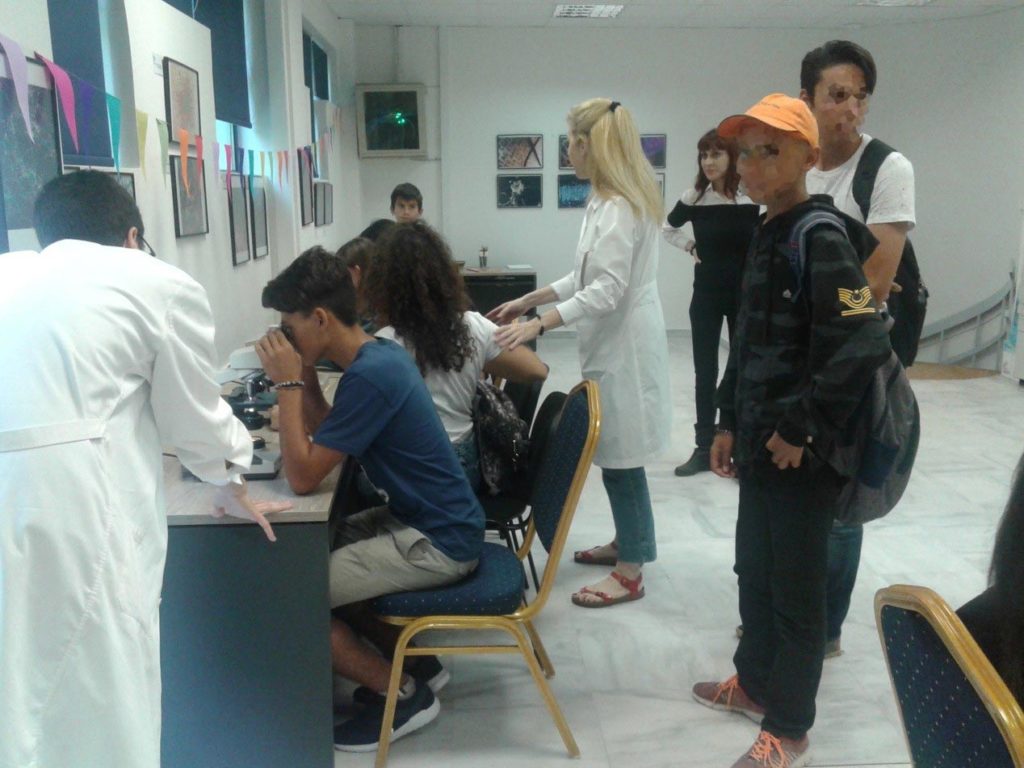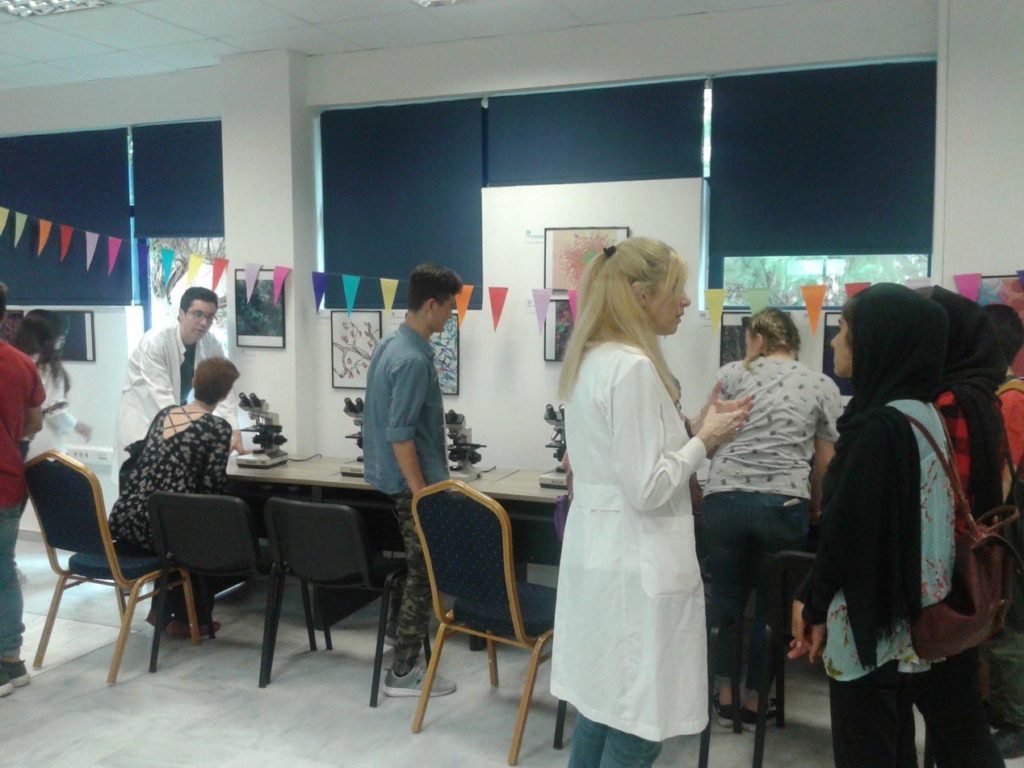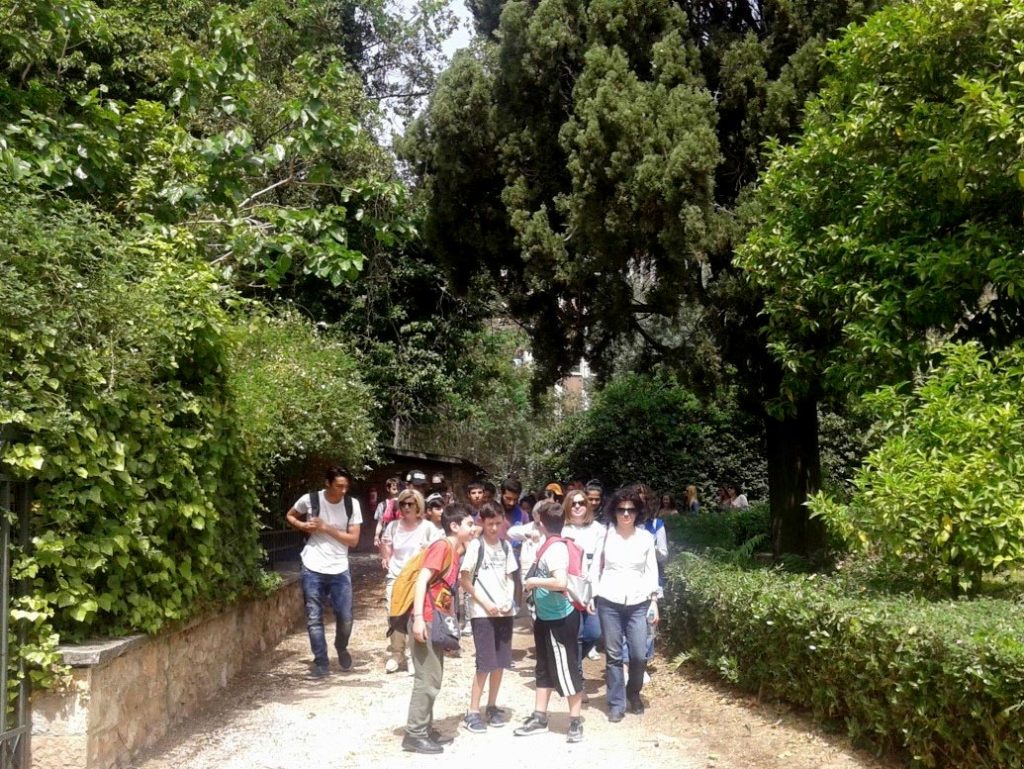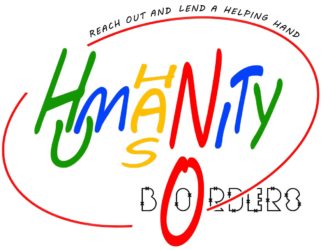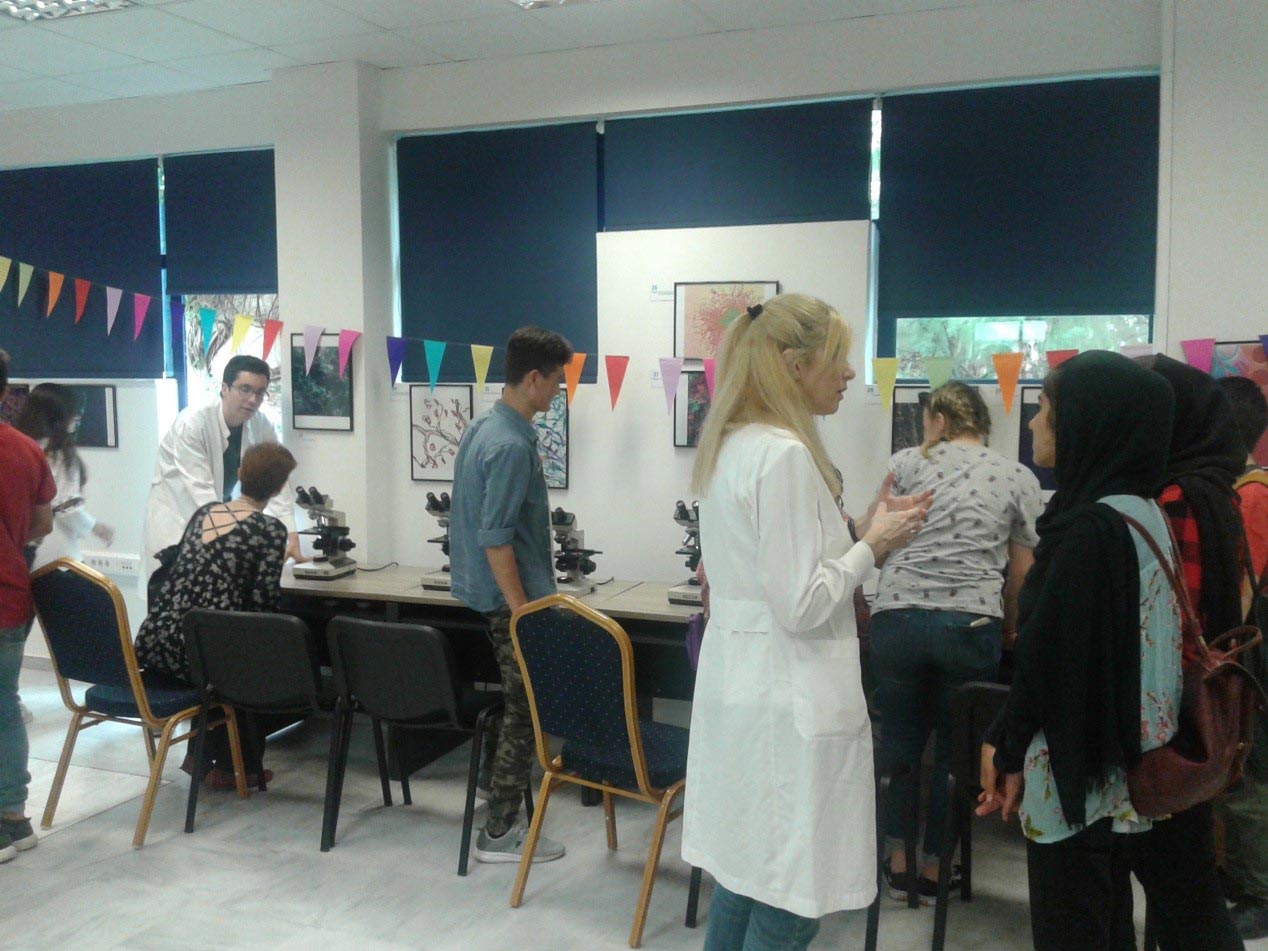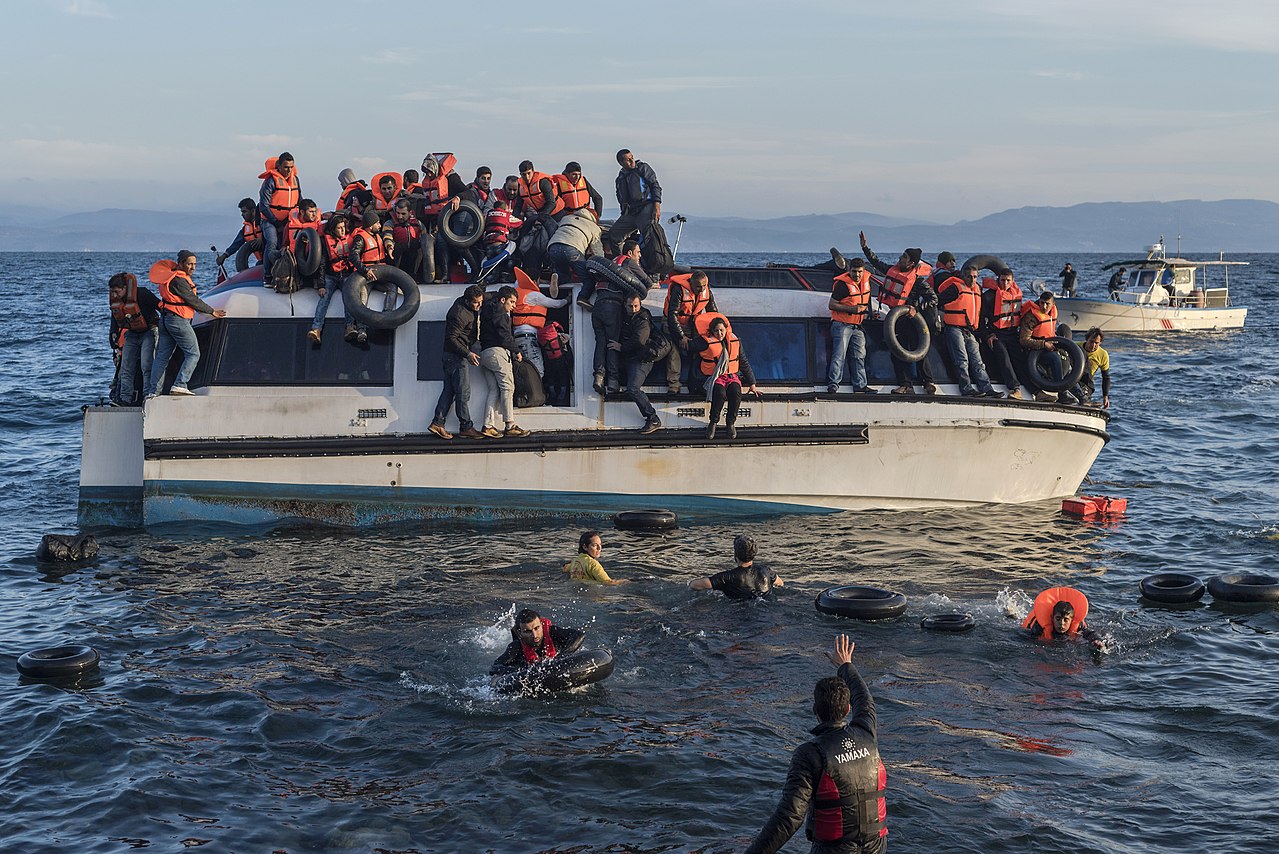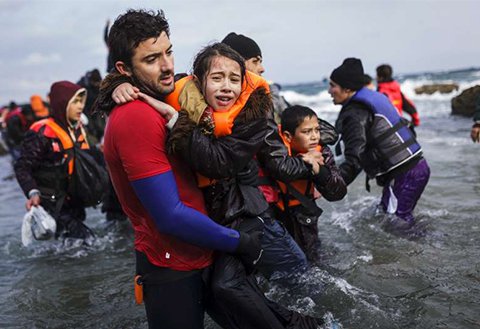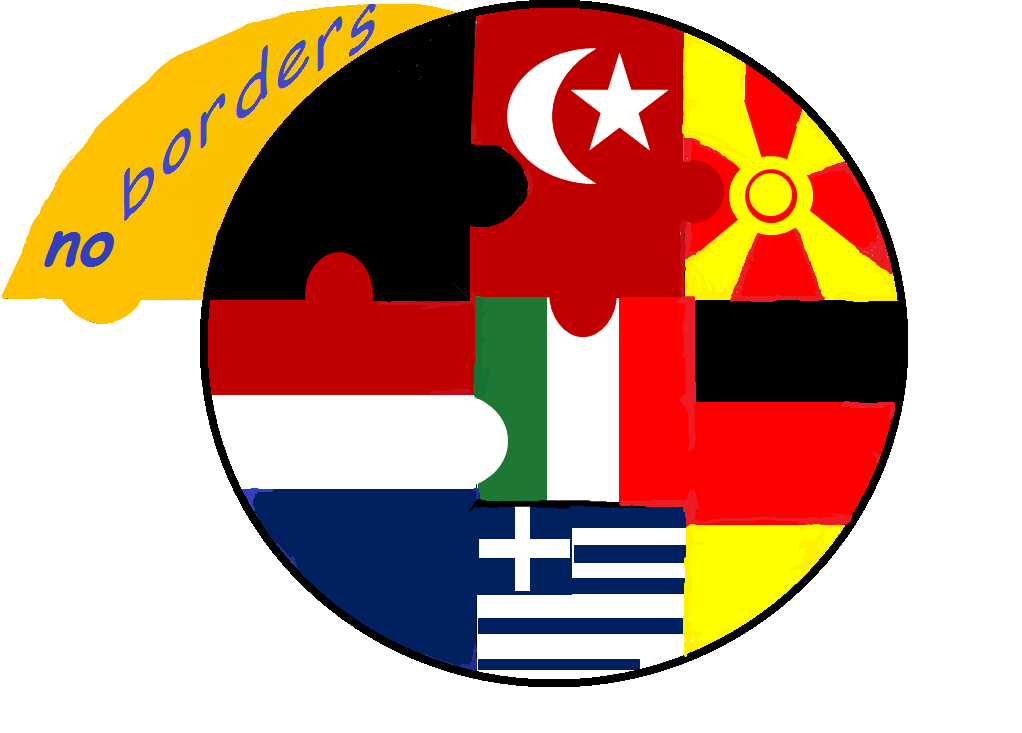This project will give our youth the opportunity to imagine and build a world in peace where everyone in a community feels unique and precious no matter where they come from, their religious beliefs or the colour of their skin. In a peaceful, functioning society the people who live there and their well-being is more important than money and power. Conquering the hearts and minds is more important than destroying lives and cities. In this project our students will learn and teach to give the message ”You are precious” when they meet with refugees and re-live their sorrows.
Reaching out a helping hand to those who need help make people , who reach out their hand and those whom hold it, happy; and a happy individual makes the society happy. This may sound simplistic, but as Albert Schweitzer said: “The purpose of human life is to serve, and to show compassion and the will to help others.” Using these words as their motto our students will initiate an interactive empathy movement towards refugees and immigrants at their schools and in their communites by reaching out and lending a helping hand with the insight that one refugee without hope is one too many. The problem is not the color of someone´s skin or the language they speak .The problem is leaving refugees alone to cope with their overwhelming problems. Diversity is Europe’s strength.
Based on the understanding that is described within the words of John Steinbeck: “You can only understand people if you feel them in yourself” , this project involves two key components : empathy and sympathy. Using the `Horizontal Priorities´as a guideline
we believe that the project ”Reach Out and lend a helping hand – Humanity Has No Borders” will contribute to building a peaceful, united and prosperous Europe. With the help of incentive mobilities, educational exchanges ,multilingualism and entrepreneurship our project will instill and promote among the participants a sense of belonging and social responsibility, a feeling of being personally involved in EU values and a shared cultural awareness.
The transversal skills such as learning , literacy , life skills , interacting competences with students and teachers will also be enhanced throughout the project and its activities. These competences are: critical thinking, communicating,collaborating,flexibility of thought, open-minded attitude, increased social initiative and personal development (leadership). These transversal competences developed during the project activities will most certainly encourage active citizenship among teenagers.
By sponsoring this project and giving our students the unique opportunity to get involved and voice their concerns about an imminent problem facing Europe, the European Community will be pointing out its strenghts and significance. Our students are the ambassadors of tomorrow. They are the ones who can change society and destroy misconceptions and prejudice.

